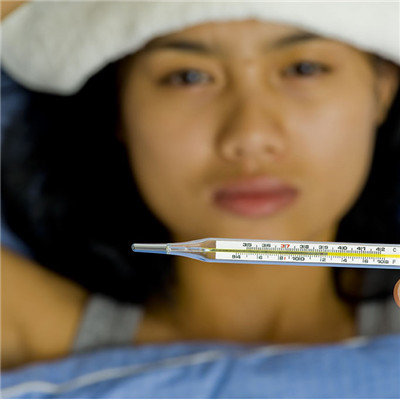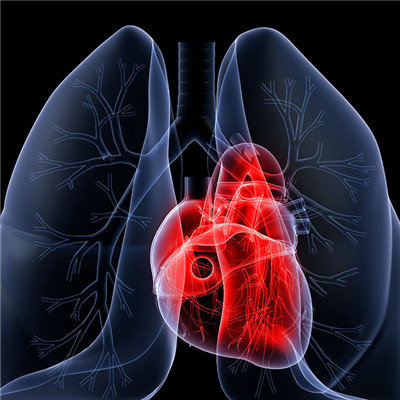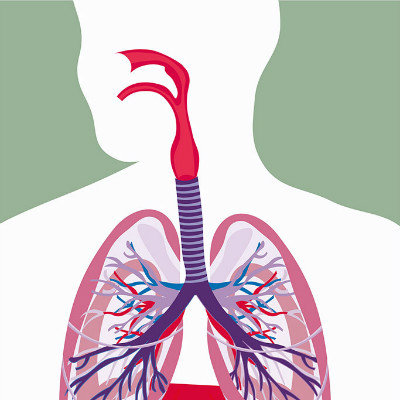Why neonatal umbilical hemorrhage?
summary
Neonatal umbilical hemorrhage: within one week to one month after the umbilical cord falls off, if the newborn coughs and cries hard and makes the intra-abdominal pressure rise, there will be a little opening of the umbilical residual blood vessels and a small amount of oozing blood. Why neonatal umbilical hemorrhage? Next, I'd like to share my views with you.
Why neonatal umbilical hemorrhage?
Bleeding after umbilical cord shedding usually occurs 6-10 days after birth, and the blood volume is usually very small. The umbilicus was sterilized with 75% alcohol and covered with a piece of sterilized gauze. If there is too much bleeding, go to the hospital for treatment in case of emergency.

There is also a possibility of navel inflammation. Acute and chronic omphalitis are caused by bacterial infection in the umbilical part. The early symptoms are red, swollen and painful in the umbilical part. Sometimes red small granulation surface can be seen in the umbilical concave, with purulent secretion spilling out, accompanied by eczema around the umbilical part. Generally, there are no systemic symptoms.

75% alcohol can be used to clean the umbilicus concave, that is, wipe the pus scab around the umbilicus and in the umbilicus concave with cotton stick to keep the local clean and dry. If the umbilicus is red and swollen, spreads to the umbilicus subcutaneously, the whole body is unwell, has a fever, should go to the hospital treatment.

matters needing attention
Pay attention to the use of some antibiotics: such as tetracycline drugs, are easy to cause macular teeth; Chloramphenicol can inhibit the hematopoietic function of bone marrow, and can cause aplastic anemia and agranulocytosis in newborns; Neomycin can cause neonatal hyperbilirubinemia and deafness.













